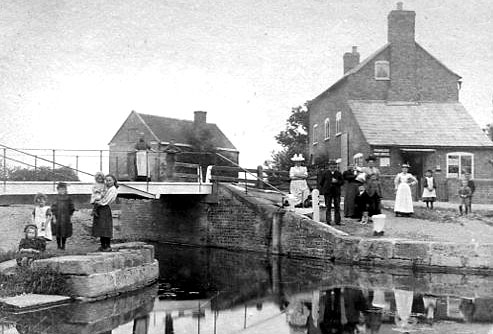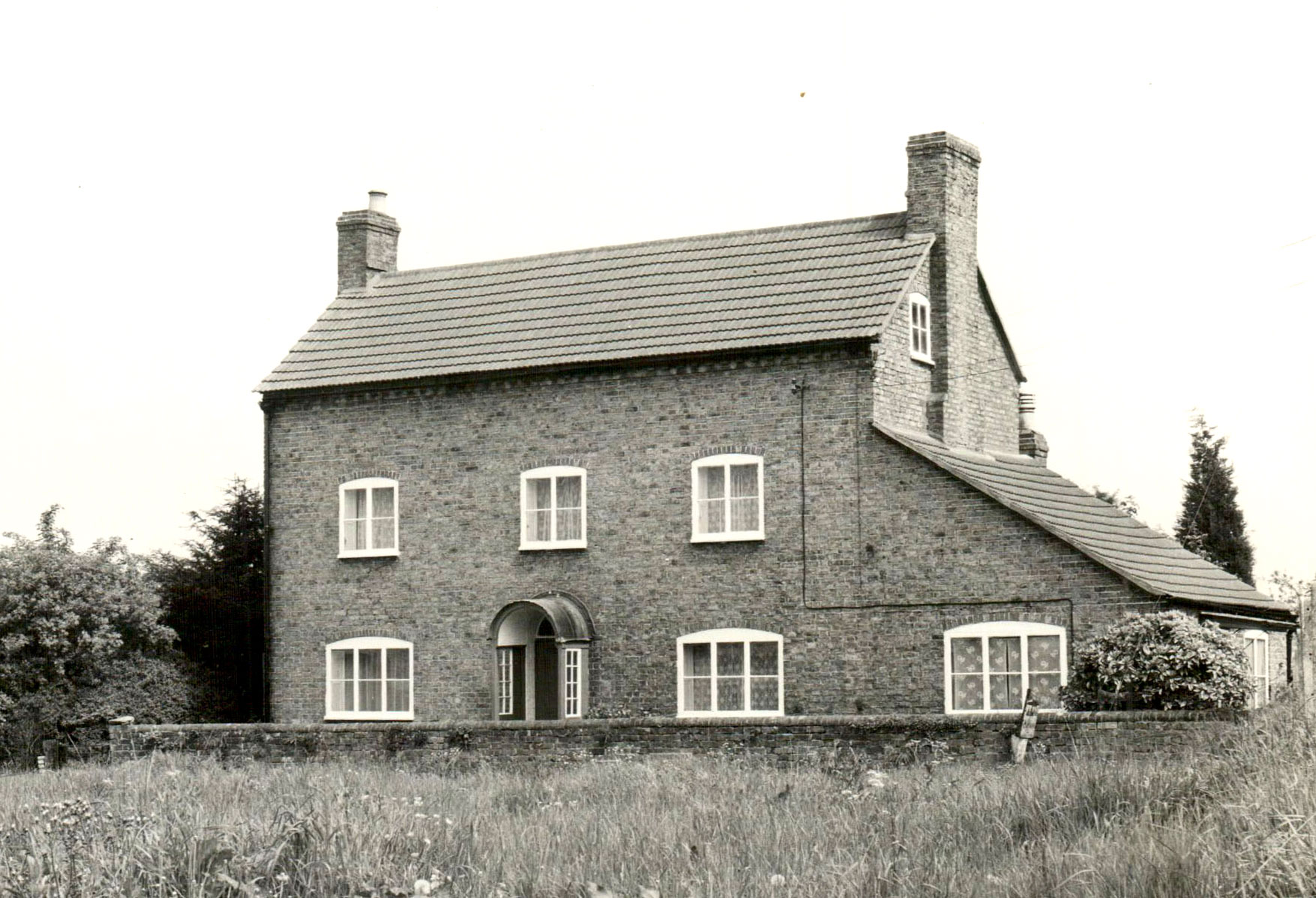

The image shows Framilode swing bridge with the lock house on the right and the warehouse in the background.
The road over the bridge initially just led to a private house on the riverbank. Later, a church, a vicarage and a school were built to the west. As the bridge was the only access to and from the church, at one time it was traditional for newly married couples to pay a 'toll' to the lock keeper when crossing his bridge.
Since the right of navigation was withdrawn in 1954, the bridge hole has been filled in.


The house (pictured after the lock had been filled in) was home to the Stroudwater Company's lock keeper. As well as attending the lock and opening the bridge, he was also responsible for recording all vessels entering the lock and for collecting tolls from those that were not going all the way to Wallbridge.
By 1890, when traffic through Framilode had significantly reduced, the residents of the lock house also took on the role of running a post office in the extension on the right. The building is now a private house.
For the men who were lock keepers, visit Framilode Lock Keepers. For Ivor Gurney's connection to Framilode, visit A Poetical Connection.


This was built in the 1790s beside the basin (which had been filled in by the time of this 1960s image). It was intended to store dry cargoes while in transit from river craft to canal barges, but little such traffic developed.
From 1842, the upper floor was used as a meeting room for the Framilode Benefit Society of Watermen, whose members were supporters of the temperance movement and did not want to meet in a pub. For a time, it was also used as a schoolroom before a National School opened in Framilode. The building is now a private house.